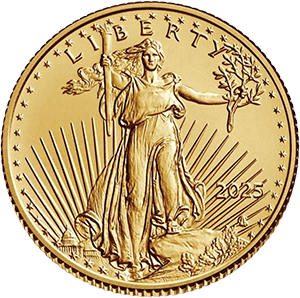
Between 1942 and 1945, the United States Mint produced a fascinating variation of the standard Jefferson Nickel known today as the "War Nickel." At a glance, they appear similar to their pre-war counterparts. But these coins hold a secret — one forged by the demands of World War II and preserved in silver.
The War Nickel came into existence due to a critical wartime shortage of nickel, a metal needed for armor plating and military machinery. To reserve this strategic resource, the Mint substituted the regular nickel-copper alloy with a new composition: 56% copper, 35% silver, and 9% manganese.
Though the design remained the same, the U.S. Mint added a large mint mark above Monticello’s dome on the reverse side — the only time this occurred on a nickel. This simple mark (P, D, or S) distinguishes War Nickels and makes them a favorite among collectors.
Collectors and historians alike value War Nickels for their symbolism. These small coins were minted during a time of global upheaval, and their altered composition reflects the urgency of the era. They're also a lesson in adaptability — how even the smallest changes in our currency can speak volumes about our national priorities.
If you're just beginning your journey into numismatics or looking for a unique, historical silver coin, War Nickels represent an accessible entry point that’s both educational and potentially valuable. Stayed tuned for Part II.









